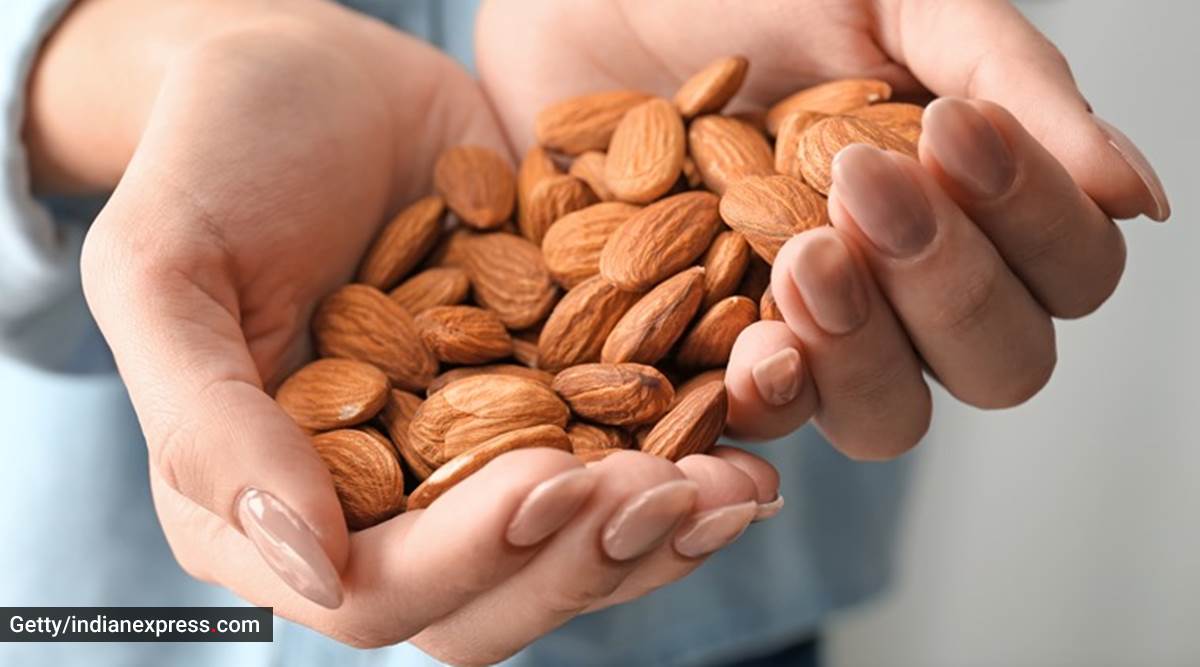Improving blood sugar levels at the pre-diabetes stage may help prevent or delay the development of diabetes

Given the growing number of people with diabetes and even pre-diabetes conditions, there is an urgent need to re-look at lifestyle habits. A new study pointed out that snacking on almonds helped improve glucose metabolism in adolescents and young adults in India with prediabetes.
Carried out in Mumbai, the randomised controlled clinical trial aimed to determine the effect of almond consumption on factors of metabolic dysfunction including blood glucose, lipids, insulin, and selected inflammatory markers in adolescents and young adults (aged 16-25 years old) with prediabetes in the city.
The study was a parallel trial of 275 participants (59 male, 216 female) with impaired glucose metabolism (prediabetes). At the start of the study, participants’ weight, height, and waist and hip circumferences were measured, and fasting blood samples were taken. Participants also underwent a glucose tolerance test and their lipid profiles were assessed.
Improving blood sugar levels at the pre-diabetes stage may help prevent or delay the development of diabetes. Additionally, almond consumption reduced total cholesterol and “bad” LDL-cholesterol significantly compared to the control group, while maintaining “good” HDL-cholesterol levels.
How does that happen?
Almonds reduce the low-density lipoprotein (LDL) or bad cholesterol and increase high-density lipoprotein (HDL) known as good cholesterol. This helps to reduce cholesterol levels and reduce the risk of heart disease, said Dr Shalini Garwin Bliss, HOD- dietitian, Columbia Asia Hospital, Palam Vihar Gurugram.
At the end of the study, participants completed dietary intake assessments and the same measurements and blood tests were performed again. However, there were no changes in measures of weight, height, waist or hip circumferences or biochemical markers nor macronutrient intake between the almond group and the control from the start to post-intervention.
Fasting blood glucose levels were significantly reduced in the control group compared to the almond group post-intervention. In the almond group, FG:FI ratio (fasting glucose: fasting insulin) decreased while it increased in the control group but was not statistically significant.

How do almonds cut down diabetes risk?
“Almonds are high in magnesium which reduces a person’s risk of developing type 2 diabetes. As diabetic people have a higher risk of heart disease, adding almonds may help reduce that risk. You can have almonds first thing in the morning soaked overnight in water. You can also have it in various oatmeal recipes or munch on them as a healthy snack throughout the day,” said Dt Neha Pathania, chief dietitian, Paras Hospitals, Gurugram.
How many to have?
In the study, the almond group (n=107) ate 56 grams (about 2 one-ounce servings, or ~340 calories) of unroasted almonds every day for three months and the control group (n=112) consumed a savoury snack with the same number of calories. The consumption of almonds as snacks was tested in the almond group, while the control group consumed a savoury snack that is commonly consumed by this age group in India. Both the almond and savoury snacks accounted for 20 per cent of participants’ total calorie intake.
Pathania mentioned that 8 almonds a day is a good number. “Can take four each in the morning and evening,” she said.
For more lifestyle news, follow us: Twitter: lifestyle_ie | Facebook: IE Lifestyle | Instagram: ie_lifestyle
Source: Read Full Article
